
Many people just can’t grasp the immense size, and the huge number of alluring Brazilian vacation destinations to choose from. In fact, you’ll discover more than enough to keep you occupied for a lifetime. Whether you’re a history buff, or an adventurer, a thrill-seeker, or a culture vulture, there is something for everyone. Here is a list of some highly recommended things to do in Brazil
Brazil’s most popular dance is the samba and you can learn how to do it in Rio de Janeiro. If you want to blend in with the locals during Carnival, you should join one of the many private samba schools in the city. Samba dancers are not only passionate about the dance, they also enjoy sharing their knowledge of its rhythms and intricate moves.

Samba dancer
Rio Carnival is one of the largest parties in the world. Held every year before Lent, millions of people come to Rio de Janeiro for the lively spectacle that makes up Carnival. You’ll see colorful processions through downtown Sambodromo, as well as fancy dress balls, samba school parties, and much more. Watch the incredible Samba dancers at the Samba parade, listen to traditional music, and have fun in all of the festival’s glory.
Visiting Escadaria Selaron, also known as the Selaron Steps, is a must-see on any Rio de Janeiro tour. This set of world-famous steps are the work of Chilean-born artist Jorge Selaron, who claimed it as “my tribute to the Brazilian people”. The vibrant colors that have transformed this area of Rio into an artistic masterpiece.

Cristo Redentor
Standing high above central Rio de Janeiro, the colossal statue of Christ the Redeemer on the 2329-foot-high Corvocado summit not only stands tall as the iconic image of Brazil but is also counted among the seven man-made miracles of the world. You can ride the historic train up the mountain peak, or hike the various winding trails of the national park. Visit early in the morning to beat the crowds or at night for an after-dark view.
Sugarloaf Mountain towers over the Guanabara Bay of Rio de Janeiro, presenting you with one of the most stunning views over Rio and its dramatic coastline. The exciting cable car ride between Morro da Orca and Sugarloaf crest is an experience you’ll never forget, while the jaw-dropping views from the summit are truly spellbinding.
Sao Paulo has a wealth of exciting attractions to explore, including the MASP art museum, which holds the finest collection of Western art in Latin America. On Sundays, the area around this museum hosts a huge antiques market as well as a handicrafts market, which includes fantastic street food. The city is one of the best in the world when it comes to creative street art, especially in the city center and in the neighborhood of Vila Madalena.
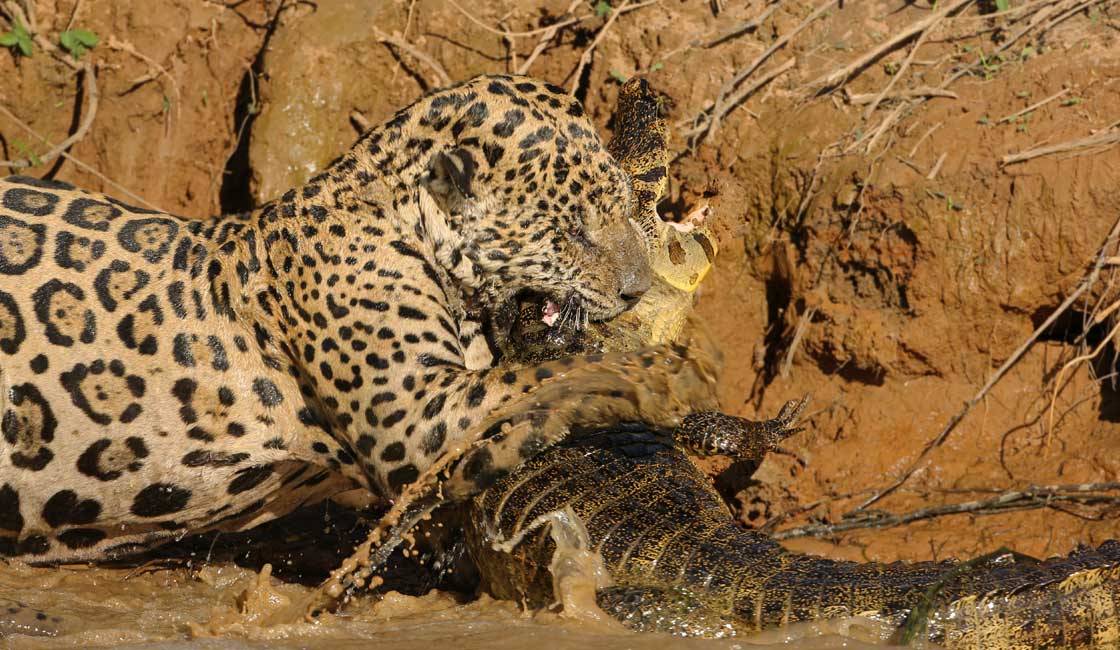
Jaguar attack
The Pantanal is undoubtedly the best destination for seeing wildlife in Brazil. Often called the world’s largest wetland, this spectacularly rich ecosystem in southwestern Brazil is home to reptiles, jaguars, and other wild cats, monkeys, anteaters, capybara, macaws, tapirs, conti, hundreds of species of exotic birds, and more. The dry season, April through October, is the best time to visit as the animals often cluster around waterholes.
Riding beach buggies is very popular in Brazil’s northeast regions, where there are lots of towering sand dunes that are ideal for riding. It’s a great way to have fun and explore the country’s beautiful beaches. The long coast from Natal to Fortaleza is one of the last places left on the planet with hundreds of miles of unobstructed sand. You can make the four-day journey in a buggy and never once leave the beach. This stretch of coastline is one of the most dazzling and unspoiled in the country, with cliffs of colored sands, rolling dunes, palm-lined beaches, beaches with freshwater lagoons, salt flats, reefs, small traditional fishing villages, and more.
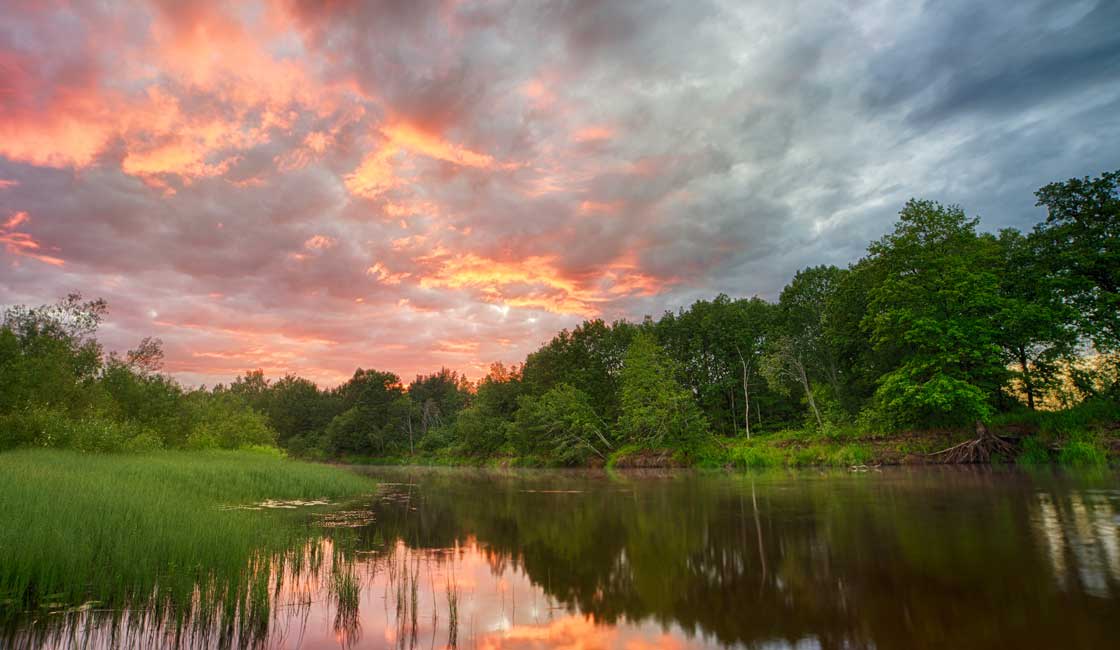
Amazon sunset
Cruising through the rainforest on the Amazon River is one of the greatest experiences any traveler can ever have and one of the best things to do in Brazil. The largest rainforest in the world is fed by 10 of the world’s 20 largest rivers, including the Amazon itself, the biggest river system on the planet. You can set out on a wild and energizing pontoon trip from the town of Manaus, which will take you deep into the forest through the twisted Amazonian conduits, with the opportunity to observe river dolphins, giant otters, caimans, and piranha. Look into the trees and you’ll spot sloths, tamarins, and squirrel monkeys as well as birds such as toucans, herons, macaws, kiskadees and oropendolas.
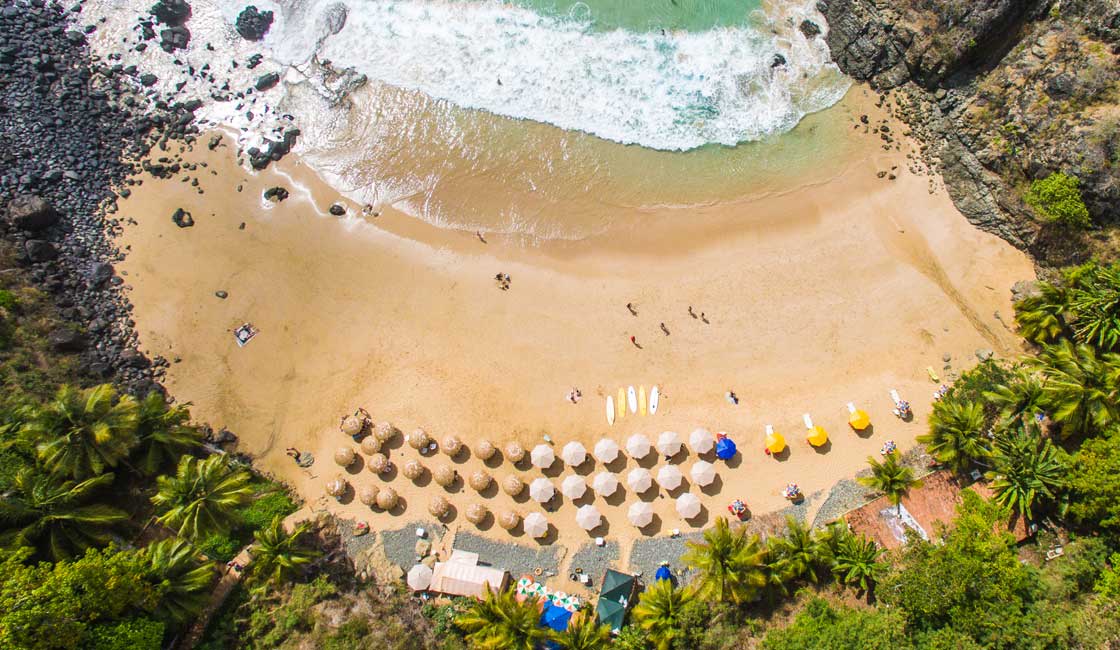
Fernando de Noronha beach
Brazil’s ultimate island paradise is Fernando de Noronha, an archipelago of 21 islands off the northeast coast. The beaches here are among the very best in the world. The pristine jade waters are considered to be superb for snorkeling and diving, loaded with marine life, including dolphins, sea turtles, and a multitude of colorful fish. On land, you’ll find cascading waterfalls, natural swimming pools, jagged cliffs, and caves.
One of Brazil’s most beautiful towns, Ouro Preto is a 17th-century colonial city nestled at the foot of the Serra do Espinhaço. Designated as a UNESCO World Heritage Site, it’s a hilly jumble of colorful homes, baroque churches, and traditional plazas. There are 23 churches that tower above the valley along the ridge at the top of the town, and while it’s a steep climb to get there, the incredible views are well worth the effort. The region is also famous for its gems and is the only area in the world that produces Imperial Topaz – the orange/gold variety that’s often tinged with pink.
Brazil’s southern city of Curitiba is home to a magnificent botanical garden that opened in 1991. A massive art-nouveau-style greenhouse modeled on London’s Crystal Palace contains an array of tropical plants. The gardens themselves are based on a French style with fountains, lakes, and waterfalls. There is also a botanical museum and an area of native forest.

Paraty cobblestone street
This coastal, historic town of Paraty, located on the Costa Verde, is enchanting, laid-back, and lovely. It grew rich on the 18th-century gold trade, and its wealth can be seen today in the gorgeously preserved colonial buildings such as the Santa Rita Church. From the horse carriages to the mismatched cobblestones, it looks almost like it did in the 1700s. When the routes to transport gold were moved, Paraty was basically left untouched, and not rediscovered by tourism until the 1970s. You’ll find lots of boutique hotels and gourmet eateries too. Just a short drive away are hidden waterfalls and white sand beaches.
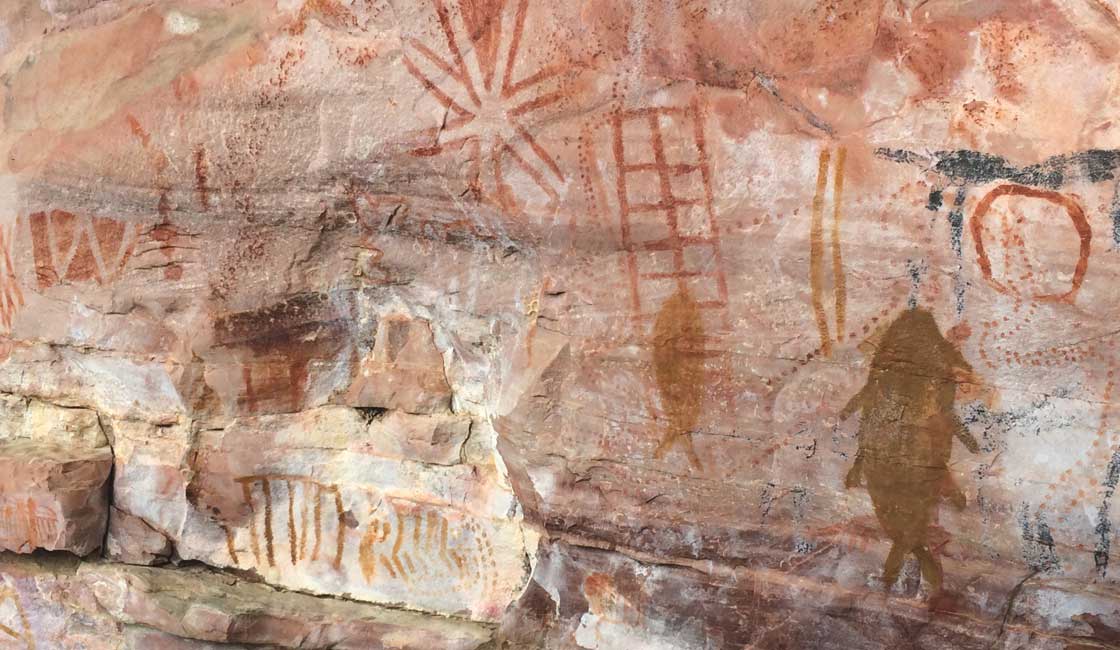
Cave in Lapa
Chapada Diamantina is one of Brazil’s most popular destinations for outdoor adventures. Located in the state of Bahia, it is home to mountain peaks that span for miles, underground lakes, waterfalls, forests, and cave complexes with brilliant blue clear water. You can go cliff climbing, hiking, river rafting, and more.
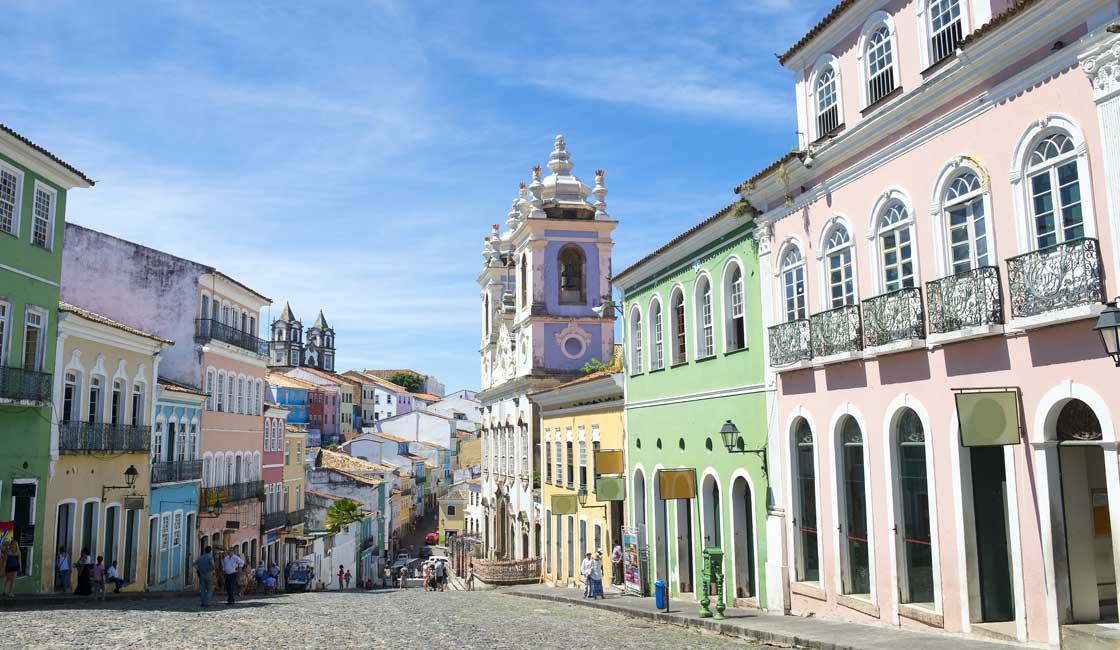
Colors od Salvador streets
The historic pebbled streets of the Pelourinho, or Historic Center of Salvador, are lined with dozens of brightly colored and pastel-hued colonial-era buildings. This exquisite UNESCO World Heritage site, with its cobbled stone roads, magnificent churches, and rich architecture, overflows with art and music schools, hip restaurants, and lively bars.
Built by Brazilian designer Augusto Frederico de Lacerda, the world’s first urban lift transports people from Cairu Square in Salvador’s Lower City to Tome de Sousa Square in the Upper City. At the highest point, you can enjoy an astounding view that includes the Mercado Modelo, and the Fort of Sao Marcelo.
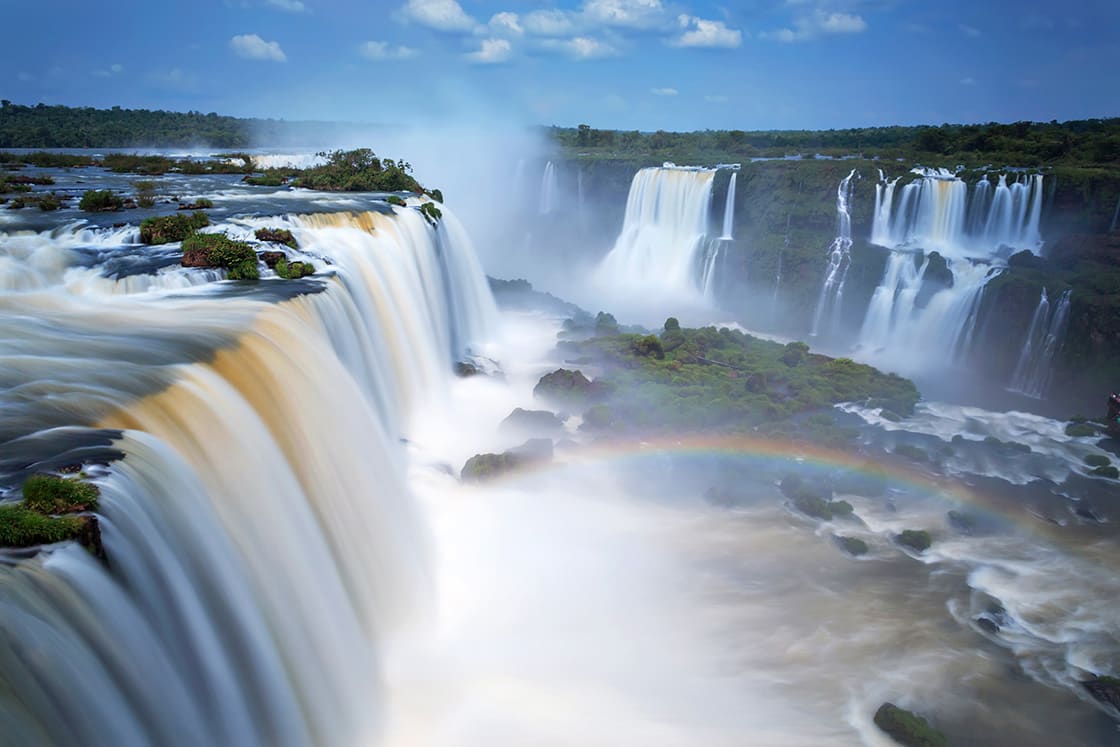
Iguazu Falls
The Iguazu Falls are one of Brazil’s most popular natural attractions, stretching across two miles of rain-forested cliffs and including an astounding 275 individual waterfalls, making it one of the most jaw-dropping treasures in the world. The best opportunities for viewing are centered at Parque Nacional do Iguaçu. If you want to feel more than just the spray, take a safari boat ride, where you’re guaranteed to get soaking wet.
Brazil’s southernmost state of Rio Grande do Sol is considered the chief winemaking region in Brazil. Italian immigrants brought their love of wine to the country, and it’s growing on vines in Canela and Gramado. A descendant of an Italian winemaker carries on the tradition today at Ravanello in Gramado, and tours and tastings are available.
On a rugged part of the coast in northern Brazil, undulating sand dunes stretch out to form an otherworldly scene. Get the timing right (best from June to September) and there will be crystal clear freshwater lagoons amidst the dunes at Lençóis Maranhenses National Park.
Belo Horizonte is the capital of Minas Gerais state and the central market is a fantastic place to sample typical foods from the region such as cheeses and bean dishes. This indoor market is home to several bars and restaurants and has other sections including handicrafts. It is a traditional market and one of the best in Brazil.
While Rainforest Cruises aim to provide accurate and up-to-date information, we make no representations as to the accuracy or completeness of any information herein or found by following any link on this site. Rainforest Cruises cannot and will not accept responsibility for any omissions or inaccuracies, or for any consequences arising therefrom, including any losses, injuries, or damages resulting from the display or use of this information.




